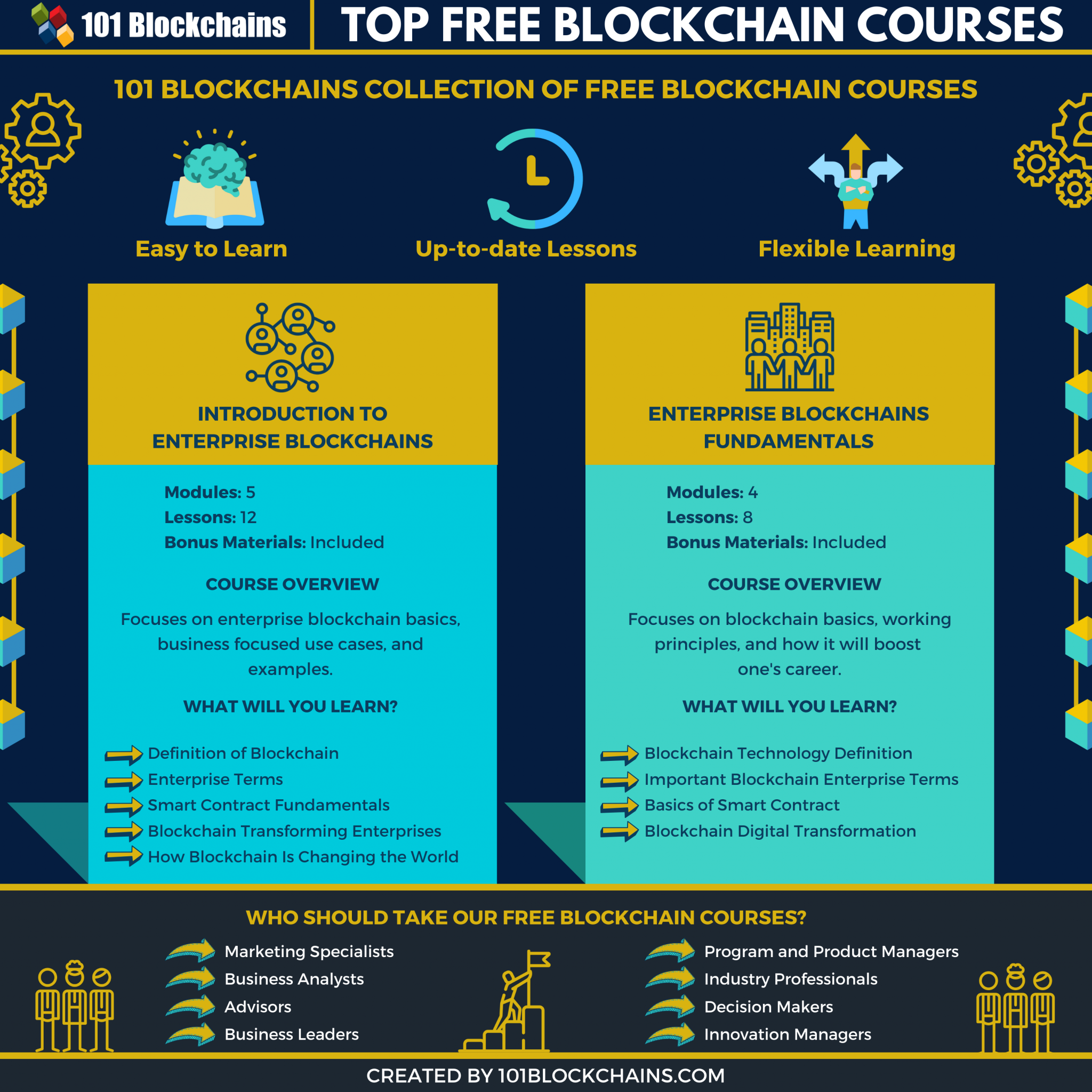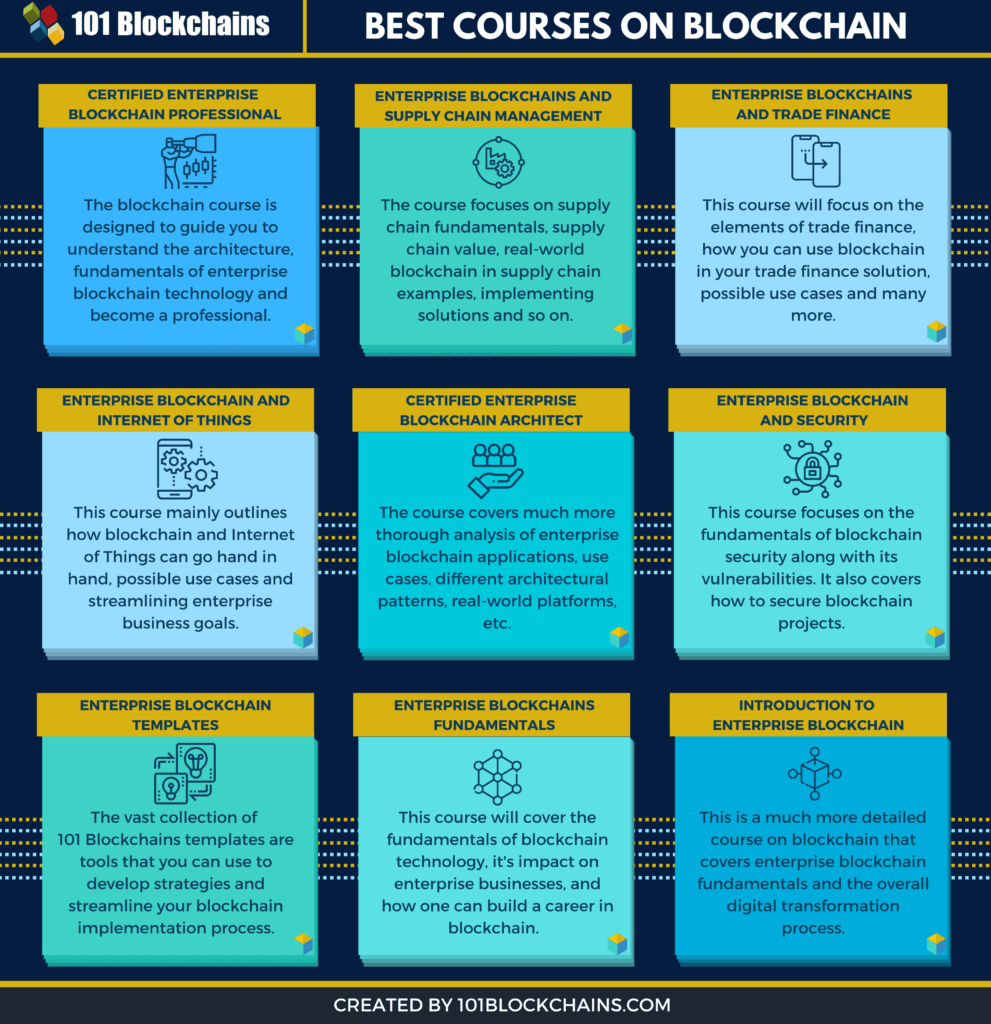From Confused to Confident: My Journey Through a Blockchain Course for Beginners
Remember that feeling? The one where everyone around you is buzzing about something new, using terms that sound like they’re from a sci-fi movie, and you’re just nodding along, secretly feeling like you’ve missed a crucial memo? That was me, just a while ago, whenever "blockchain," "Web3," or "decentralization" popped up in conversation. I’d hear about Bitcoin, NFTs, and all sorts of digital wizardry, and frankly, it felt like a language I wasn’t privy to.
I was curious, though. Deep down, I knew this wasn’t just a fleeting trend. It felt like something fundamental was shifting, and I didn’t want to be left behind, still squinting at the digital horizon. So, after a good deal of internal debate (and maybe a few late-night Google searches that left me even more bewildered), I decided to take the plunge: I enrolled in a Blockchain Course.
Why I Decided to Learn Blockchain (And Why You Should Too!)
My motivation wasn’t about becoming a millionaire overnight or launching the next big crypto coin. It was simpler: I wanted to understand. I wanted to peel back the layers of hype and get to the core of what this technology actually was, how it worked, and why it mattered.
I felt like I was standing on the sidelines of a game-changing revolution. Whether you’re in tech, finance, art, or even just a curious individual, understanding blockchain felt like a key skill for the future. I knew it wasn’t just about money; it was about a new way of organizing information, proving ownership, and building trust in a digital world. And for that, a structured online blockchain course seemed like the perfect starting point.
Picking My Path: What to Look for in a Blockchain Course
Before I even clicked "enroll," I did my homework. There are tons of options out there, from free YouTube tutorials to pricey university programs. As a complete beginner, I knew I needed something that:
- Started from Scratch: No assumed knowledge. I needed "What is a blockchain?" explained like I was five.
- Was Practical: I wanted to see how it actually worked, maybe even get my hands dirty with some basic tools.
- Had Clear Explanations: Analogies, simple language, and patient instructors were a must. I wanted to avoid jargon-heavy academic texts.
- Covered Core Concepts: Not just crypto, but the underlying technology, its uses, and its potential.
- Offered Support: A community forum or Q&A section can be a lifesaver when you hit a wall.
I ended up choosing a blockchain course for beginners that promised a good mix of theory and practical exercises, and crucially, had great reviews from other folks who, like me, started with zero prior knowledge.
The Journey Begins: My First Steps into the Decentralized World
Let me tell you, it wasn’t a walk in the park from day one. The initial concepts felt like trying to untangle a ball of yarn while wearing mittens. But the beauty of a good blockchain course is that it breaks things down. Slowly, surely, the fog started to lift.
We began with the absolute basics. Imagine a super secure, digital ledger – a notebook, if you will – where every entry (transaction) is linked to the one before it. That’s the simplest way to think about a "chain of blocks." Each "block" holds a bunch of these entries, and once it’s added to the chain, it’s incredibly difficult to change. This "immutability" was one of the first big "aha!" moments for me.
Unpacking the Magic: Key Things I Learned
My blockchain training wasn’t just about memorizing definitions. It was about understanding a whole new way of thinking. Here are some of the concepts that really stuck with me:
-
Decentralization: No Single Boss!
This was huge. Instead of one central authority (like a bank or a government) controlling all the data, a blockchain distributes copies of that ledger across many computers (nodes) worldwide. This means no single point of failure, and it makes the system incredibly resilient and trustworthy. It’s like everyone having a copy of the same shared notebook, and if someone tries to cheat, everyone else knows about it instantly. -
Cryptographic Hashing: Digital Fingerprints
Every block, and even every transaction, gets a unique digital "fingerprint" called a hash. Change even one tiny detail in a block, and its hash completely changes. This is how the blocks are linked and how the integrity of the entire chain is maintained. It’s incredibly clever and a cornerstone of the security. -
Consensus Mechanisms: How Everyone Agrees
With so many computers holding copies of the ledger, how do they all agree on which new block is the legitimate one to add next? This is where "consensus mechanisms" come in. We explored concepts like Proof-of-Work (PoW), used by Bitcoin, and Proof-of-Stake (PoS), used by newer systems. It’s fascinating how different networks find ways for participants to agree without needing a central boss. -
Smart Contracts: Code That Runs Itself
This was probably the most mind-blowing part for me. Imagine a contract that automatically executes its terms when certain conditions are met, without any human intervention. That’s a smart contract. We learned how these are essentially little programs stored on the blockchain, and they open up a world of possibilities for automated agreements, from supply chain tracking to digital identity. My blockchain developer course module really brought this to life. -
Beyond Cryptocurrency: Real-World Applications
While crypto often grabs the headlines, my blockchain education made it clear that the technology goes far beyond digital money. We discussed how it’s being used in:- Supply Chain Management: Tracking goods from farm to table, ensuring authenticity.
- Healthcare: Securely managing patient records.
- Voting Systems: Creating more transparent and tamper-proof elections.
- Digital Identity: Giving individuals more control over their personal data.
Getting My Hands Dirty: The Practical Side
One of the best parts of my chosen blockchain course was the practical element. We didn’t just read about smart contracts; we actually got to write (very) simple ones using a platform like Ethereum. We learned how to set up a basic development environment, deploy our first "Hello World" contract, and interact with it. This hands-on experience solidified the theoretical knowledge in a way that just reading never could. It made the idea of a blockchain certification feel achievable.
The Transformation: From Observer to Participant
By the time I finished my online blockchain course, the fog had lifted completely. I wasn’t just nodding along anymore; I was engaging, asking questions, and even explaining concepts to friends. It wasn’t just about code or complex algorithms; it was about understanding a new philosophy of trust, transparency, and collaboration in the digital age.
I realized that this technology isn’t just for tech gurus. It’s a foundational shift, much like the internet itself was decades ago. And having a grasp of it isn’t just a nice-to-have; it’s becoming a crucial skill.
Who is a Blockchain Course For?
Honestly, almost anyone!
- The Curious Explorer: If you’re like I was, wanting to understand the buzz.
- Aspiring Developers: If you’re looking to build cutting-edge applications in Web3.
- Business Professionals: If you want to understand how blockchain can transform industries.
- Investors: To make more informed decisions about digital assets.
- Students: To prepare for future career opportunities.
If you’re thinking about diving in, I wholeheartedly recommend finding a blockchain course that fits your learning style and goals.
Tips for Your Own Blockchain Learning Journey
- Start Simple: Don’t try to learn everything at once. Focus on the core concepts first.
- Patience is Key: It’s complex stuff. Don’t get discouraged if something doesn’t click immediately.
- Find a Good Mentor/Community: Learning with others, or having someone to ask questions, makes a huge difference.
- Get Hands-On: Theory is good, but actually trying to build or interact with a blockchain makes it real.
- Stay Updated: The space moves fast! Keep reading, listening, and learning.
The Future is Decentralized, And You Can Be Part of It
My journey through that blockchain course wasn’t just about acquiring technical knowledge. It was about gaining a new perspective, feeling empowered, and realizing that I could understand and contribute to this exciting new digital frontier.
So, if you’ve been on the fence, wondering if a blockchain course is worth your time, let my story be a gentle nudge. Don’t just watch the future unfold; be an active participant in understanding and shaping it. It’s a challenging, rewarding, and incredibly exciting world out there, and your own blockchain adventure is just waiting to begin!
Frequently Asked Questions about Blockchain Courses
Q: Is a blockchain course difficult for beginners?
A: It can be challenging, but a well-structured blockchain course for beginners will break down complex topics into understandable parts. Patience and consistent effort are more important than prior technical expertise.
Q: What kind of jobs can I get after taking a blockchain course?
A: A blockchain certification can open doors to roles like Blockchain Developer, Smart Contract Developer, Blockchain Architect, Blockchain Consultant, or even product management roles in Web3 companies. Understanding blockchain is also valuable in traditional industries adopting the technology.
Q: Do I need coding experience to take a blockchain course?
A: Not necessarily for introductory courses. Many blockchain courses for beginners focus on concepts and applications without requiring deep coding. However, if you want to become a blockchain developer, coding skills (especially in languages like Solidity or Python) will be essential for more advanced courses.
Q: How long does it take to complete a blockchain course?
A: The duration varies widely. Short introductory courses might take a few weeks part-time, while comprehensive blockchain developer courses or certification programs can range from a few months to over a year, depending on the intensity and depth of the material.
Q: Are free blockchain courses effective?
A: Free resources like YouTube tutorials or introductory online modules can be a great starting point to gauge your interest and learn the absolute basics. However, for a structured, in-depth, and practical understanding, a paid, reputable online blockchain course often provides better value, support, and comprehensive content.



